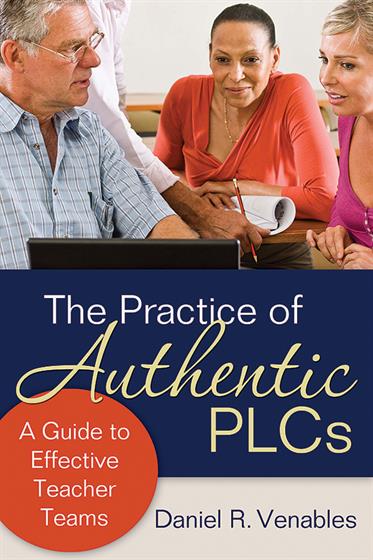Hands-on, Practical Guidance for Educators
From math,
literacy, science, equity, multilingual learners, and SEL, to assessment, school counseling,
and education leadership, our books are research-based and authored by experts
on topics most relevant to what educators are facing today.

Bestseller!
The Practice of Authentic PLCs
A Guide to Effective Teacher Teams
Award-winning author details a clear, research-based process for implementing PLCs to improve student learning. Included are practical strategies, activities, exercises, and troubleshooting tips for coaches.
Product Details
- Grade Level: K-12
- ISBN: 9781412986632
- Published By: Corwin
- Year: 2011
- Page Count: 208
- Publication date: March 12, 2011
Review Copies
This book is not available as a review copy.


